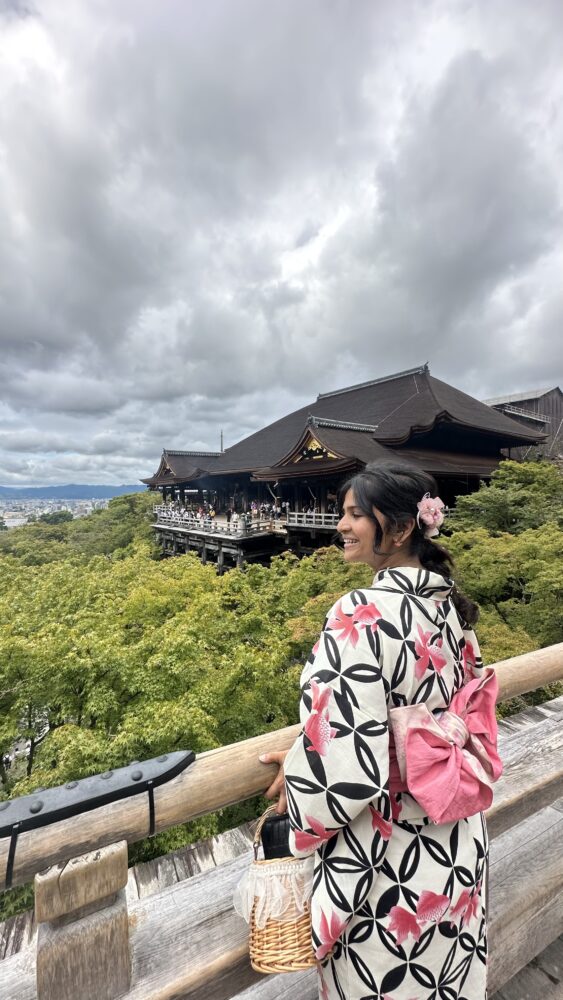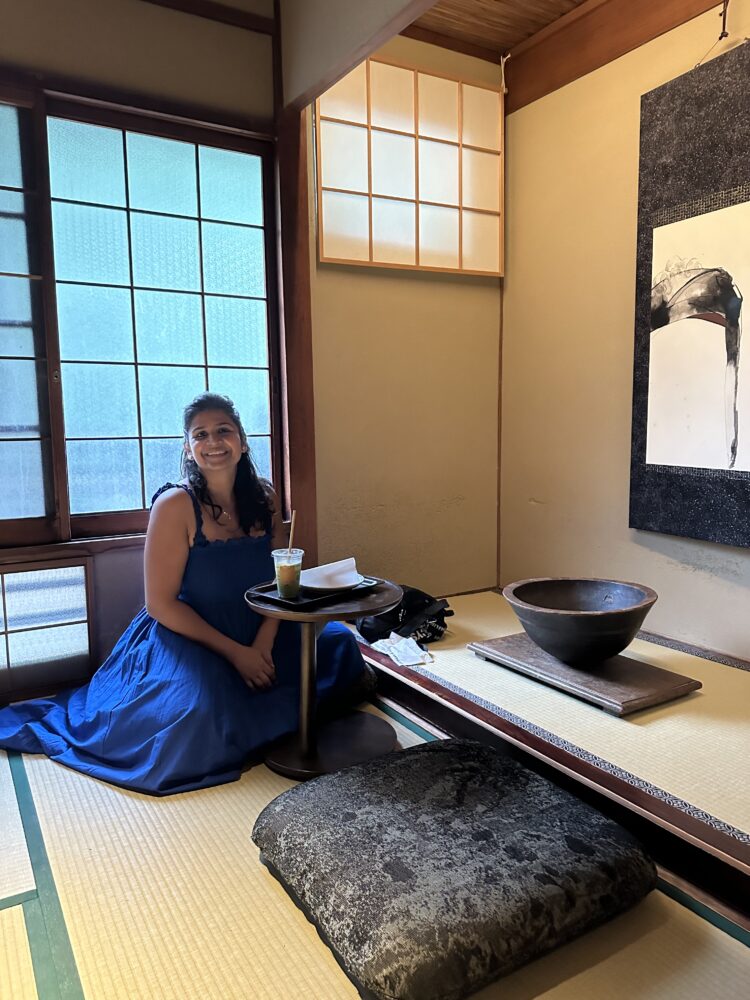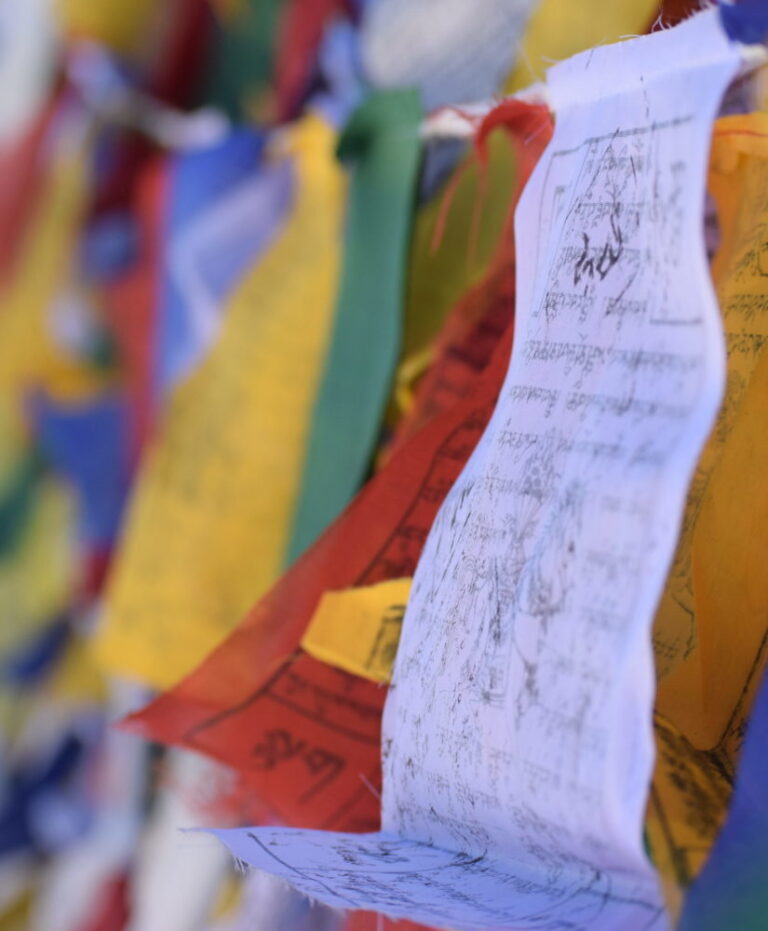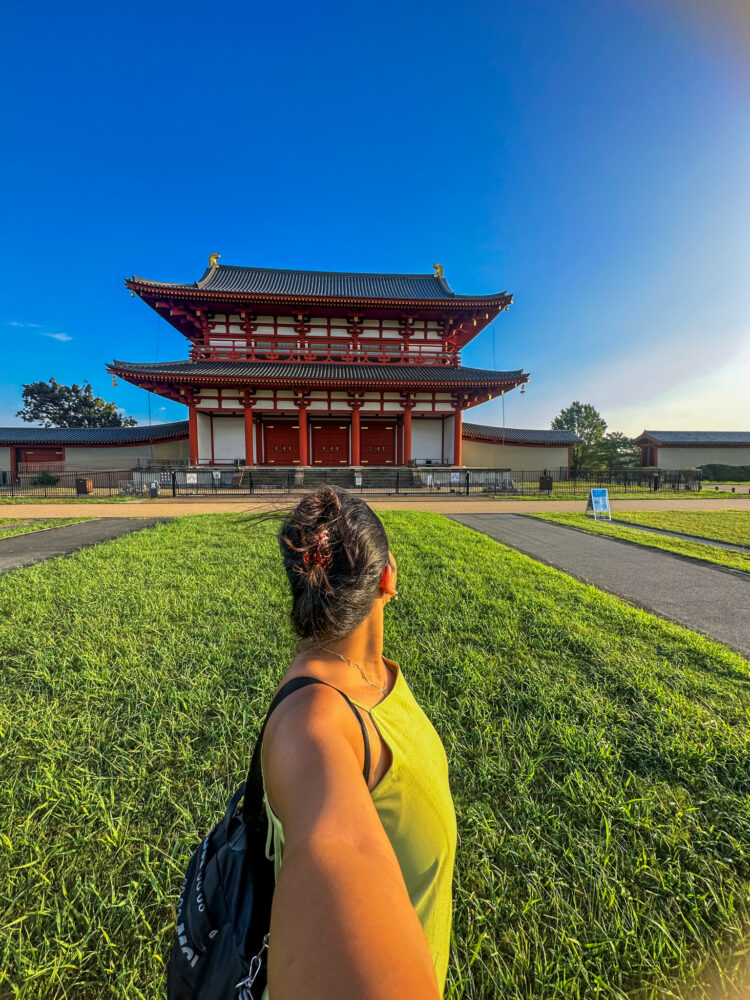Best time to visit Japan
Japan is the only country which is unique in its own way where everyone would like to visit once in their lifetime. It’s present is deeply rooted with past traditions and cultures along with a futuristic approach with an ultimate technologies making it an advanced country. Japan has been blessed with all the natural beauty, from cherry blossom trees to picturesque streets to a whole lot of technology which will blowup your mind when you take a sneak peek and at that moment it will always be special to your heart. The history and culture is preserved by the Japanese people and they show immense respect and politeness to their nationality. A holiday in Japan means getting confused and shocked at the same time, as it has a variety of different things to explore. It can be said that Japan is multi- layered of cultures to be unwrapped. So, it needs to be done one by one as each layer contains a lot of knowledge and amusement to gaze in to the heart.
First is Kyoto, a city which is completely soaked up in rich history and is the city that has appointed under no less than 17 UNESCO world heritage sites. Osaka is fondly known as a foodie city/ mother of Japanese cuisine. As it is great in serving rich Japanese cuisine. One can go visit the Bunraku show, which is a form of puppet performance. If history interests you, especially the 14th century, then you must visit Himeji Castle, which is the largest of all. Here you will get to know a glimpse of Ancient Samurai culture. Or you could visit Hiroshima & Nagasaki to visit the dome where the atomic bomb was blasted. Both the places are very emotional and historic but the Japan trip is incomplete without it. Tokyo, on the other hand, is all lit up with neon dazzling lights with robots taking over the human power. Lastly, if you want to get away from everything, then you must visit Hakone, a place where there is serenity and peaceful energy wandering around with a pleasant and breathtaking view of Mount Fuji.
Japan tourist visa for Indians
The tourist visa in Japan has changed from 2016, as during that time there was a tedious process to get a tourist visa of Japan for Indians. We were supposed to get a sponsorship letter from Japan and the process was just so long to cooperate with. But now the VISA process has been modified and relaxed to a level that it only takes 4 working days to get processed. You could apply for a VISA on your own or by an agent. Although, visa on arrival is still not a nearby dream to expect. All Indians have to apply for a tourist visa before boarding the fight to Japan. This is an essential step to take beforehand as it needs ample amount of time for application and further process at the Embassy of Japan or Consulate general of Japan in India. The VISA process may take some time, so it is better to apply in advance as the Embassy or consulate general will review the documents submitted by you then later decide on whether the application comes under to the discussion to grant the visa or not. In some cases, candidates are even called for interview. Well, when it comes to fees it is necessary to pay in advance at the time of form submission. Lastly, travelers should know that all the visa requirements and travel guidance may change from time to time, so make sure to consult the authorities or professional guidance from travel agencies who may guide you into this.
Japan offers numerous incredible experiences, but to enjoy them fully, timing is crucial. Let’s explore the optimal periods for planning your visit to Japan to ensure an unforgettable holiday.

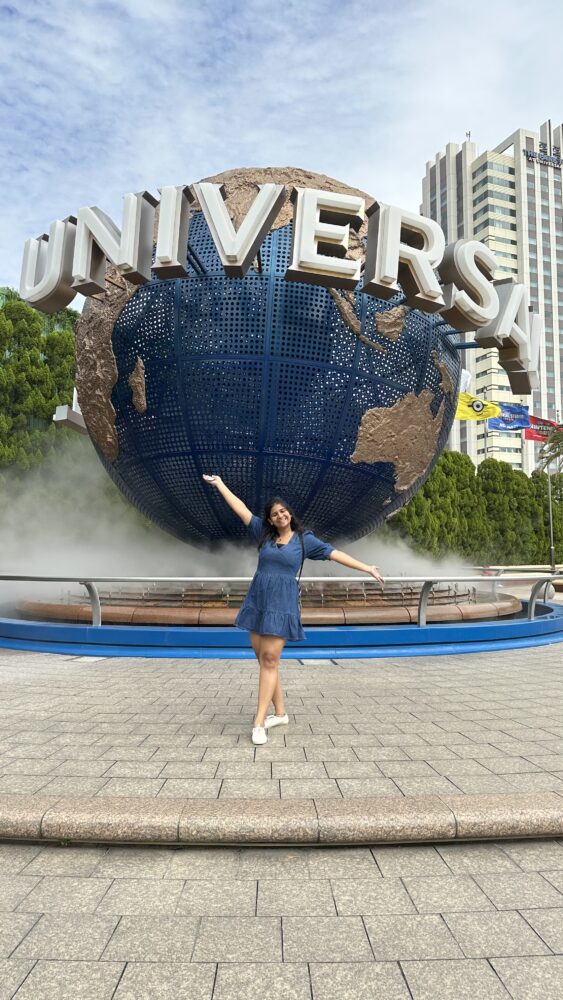
Peak Season
Spring, spanning from March to May, and Autumn, from September to November, are widely regarded as Japan’s prime seasons. During these times, the climate is comfortably cool, allowing for uninterrupted exploration of Japan’s attractions.
Transitional season
This time of the year is where this lies in between peak season and off-season. Summer season is not really a popular season in the Japan. In between temperature of humidity, rains and so much humidity the sightseeing plans might be obstructed by unwanted weather. At the end of the summer season, there is always an occurrence of Typhoon which hits the coastal area rigorously.
Off season
December to February, a winter season which sees a meager visitors rate from all over the world due to low temperatures. The temperature falls at the level where tourists are not able to bear the climate but still there are few visitors who visits to take part in perfect snow led activities like skiing and much more.
Cheapest time to visit
When considering a trip to Japan, it is essential to keep track of the factors of weather. Spring season spanning from March to May and autumn from September to November, is the peak season as the climate is cool and pleasant, which will allow an uninterrupted trip to Japan. However, accommodating is considered to be crucial, due to the pick season, availability dwindles and prices soar to a point where it get exorbitantly expensive for travelers. Spring is the most expensive season where people might have to downgrade there stay to manage there finances. Besides spring, summer and autumn are also a popular time that leaves with winter as a low season which is not much in demand. But one can visit japan during winter expecting all the shimmery glitzy decor in a few towns of Japan which transforms into enchanted winter wonderlands with snow caps. With indoor heating rooms, good and suitable clothing, less crowded, winter activities and a whole lot of budget friendly trip. Even in summers, travelers can visit Japan. It is a great time go on treks, specially on Mount Fuji. You can hunt for travel and accommodation as during this time things are much cheaper like winter season.
Cherry Blossom time of the year
Timing when visiting Japan is very tricky as due to the varied climate under one season, especially during the unpredictable cherry blossom season. There is a pro travel tip for first time visitors which is to avoid fixating on solely witnessing the cherry blossom. As nature doesnt work according to travelers’ mood, even though the season has arrived but they might bloom early to it or late to it. Besides that, it is important to make sure that during this time Tokyo, Osaka and Kyoto become pricey and crowded. Instead, visiting and exploring Japan during late winter, autumn or early summer is the best recommendation. Not only will you avoid the cherry blossom rush but also experience the other side due to these season which has unique and enchanting to offer.
Best time to visit Japan weather wise
Early spring and late autumn are the best and beautiful times to visit Japan. During this time, the whole of Japan is wonderfully warm and cozy. It isn’t the busiest time, especially away from the main city.
Spring:
- Temperatures in Japan span from 3 to 26°C across the country during this season. At the beginning of the season, it can drop as low as -4°C, but it gradually rises as the season advances.
- The fresh spring air can feel chilly during the mornings, but as the day unfolds, it becomes warmer and consistently pleasant. In the northern regions of the country, the weather stays cool, while in the south, it enjoys a mild warmth that gradually intensifies until the arrival of summer in June.
- Spring is synonymous with Sakura season and arguably the optimal period to explore Japan. The entire nation bursts into bloom, adorned with plum and cherry blossoms. It presents an excellent opportunity to leisurely stroll through Japan’s blossoming gardens and enjoy the scenery.
- Why you should visit during spring: Exploring the wonders of Japan is most enjoyable during the gentle spring season. Tokyo’s Ueno Park, boasting a zoo, temples, and museums, offers a delightful experience. With more than 1000 cherry trees adorning its paths, it’s an ideal location for a Hanami picnic. Additionally, you can witness the cherry blossoms set against the majestic backdrop of Mount Fuji while visiting Lake Kawaguchi. Spring also brings forth various festivals, including Sanja Matsuri, Takayama Spring Festival, and the Aoi Matsuri, which holds the distinction of being the world’s longest-running festival.
- What to carry: For the majority of areas, a lightweight jacket or a thin sweater will suffice for adequate protection. However, if you plan to explore the northern regions, you’ll need more substantial insulation, such as a fleece jacket or thick woolen clothing.
Summer:
- Temperature: Summer in Japan can be characterized as hot and humid. Although a temperature of 31°C may not seem excessively high, the humidity levels make it uncomfortable. Nevertheless, by the conclusion of summer, temperatures in the northern regions can decrease to as low as 12°C.
- Weather: summer here is a combination of both heat and rain which makes the climate very humid. Also, June is the wettest month of the year, which is then followed by the heat. The end of the summer is often heralded for typhoons.
- Significance: Despite the heat of summer, it coincides with some of Japan’s most prominent festivals. During this time, you’ll discover that the country’s well-known tourist destinations are less crowded than usual. This provides an opportunity to enjoy your vacation without the usual interruptions fully or distractions.
- Why you should visit in summer: During the summer season, you have the chance to participate in some incredible local festivals in Japan. The Obon Festival pays tribute to ancestral spirits, while the Fukugawa Hachiman Festival offers a refreshing water fight as a way to beat the heat. You can also groove to the music at the Fuji Rock Festival and immerse yourself in history at the Hiroshima Lantern Festival. Marvel at the impressive float parades of the Aomori Nebuta Festival, concluding with a spectacular fireworks display.
- What to carry: During this period carry plenty of lightweight clothes to cool down the heat and also carry as many rain protection clothes. Bring along a 1 or 2 jacket for such mountain treks.
Autumn:
- Temperature: As autumn approaches, temperatures start to decline. In September, it remains relatively hot with temperatures hovering around 30°C. However, as the season progresses, the mercury can plummet to as low as 1°C towards the end.
- Weather: Following the intense summer heat, autumn provides a gradual transition towards the harsh cold of winter. Windy days contribute to a sense of chill, accentuating the cooler conditions. September marks the peak of typhoon season and experiences significant temperature fluctuations.
- Significance: Autumn offers a stunning experience in Japan, distinct from the enchanting cherry blossoms. During this season, trees burst into a rich palette of yellows and oranges, painting a breathtaking landscape. These gentle, warm hues serve as a final reminder of warmth before the arrival of winter towards the season’s end.
- why you should visit during autumn: Autumn in Japan has a unique charm all its own. It’s a season filled with captivating events, such as the Meiji Jingu Gaien ginkgo Festival that pays tribute to the vibrant autumn foliage. Halloween is also gaining popularity, with special horror events like Shibuya Halloween at Universal Studios Japan. Additionally, this season features exclusive culinary events like the Hokkaido Food Festival and the Tokyo Wagyu Show. For sports enthusiasts, you can also attend a Sumo Grand Tournament at the Tokyo Basho.
- What to carry: Pack light clothing with 1 or 2 jackets to layer up. Do dress in layers when in Japan as to adjust according the days goes. Do carry woolen and thick clothes like jacket as if you are visiting at the end of the autumn.
Winter:
- Temperature: The chilly winter sees a temperature breakdown of -8°C during a peak winter. The temperature climbs back again as soon the spring season approaches to 19°C.
- Weather: While the northern alpine regions receive snowfall, the southern areas stay rain-free. Nevertheless, temperatures remain cool throughout, creating a refreshing and clear atmosphere. This weather is ideal for engaging in sightseeing activities.
- Significance: The northern regions of Japan boast excellent ski slopes that can rival those in Europe. Surprisingly, Japan remains relatively tranquil during the winter season as many travelers opt to avoid it. Consequently, you’ll encounter minimal crowds at Japan’s renowned tourist attractions.
- Why you should visit during winter: The Jigokudani Snow Monkey Park transforms into a picturesque snowy paradise during the winter season. However, the main highlight here is the monkeys that leisurely soak in the natural hot springs in the vicinity. Meanwhile, the Sapporo Snow Festival serves as a grand winter celebration, drawing exceptional talent from all corners of the country. For those in search of winter thrills, you can go skiing alongside the captivating snow monsters at Zao Onsen or hit the slopes in the Japanese Alps at Yuzawa. Lastly, don’t miss the Winter Illuminations that adorn cities and gardens across Japan, creating a stunning display of lights.
- What to carry: If your destination is in the northern regions, it’s essential to pack your warm woolen clothing. Ensure you have robust, snow-resistant footwear to keep your feet dry. Shield your eyes from the glare of the snow by wearing a reliable pair of sunglasses, and it’s good practice to carry a water bottle with you at all times.

